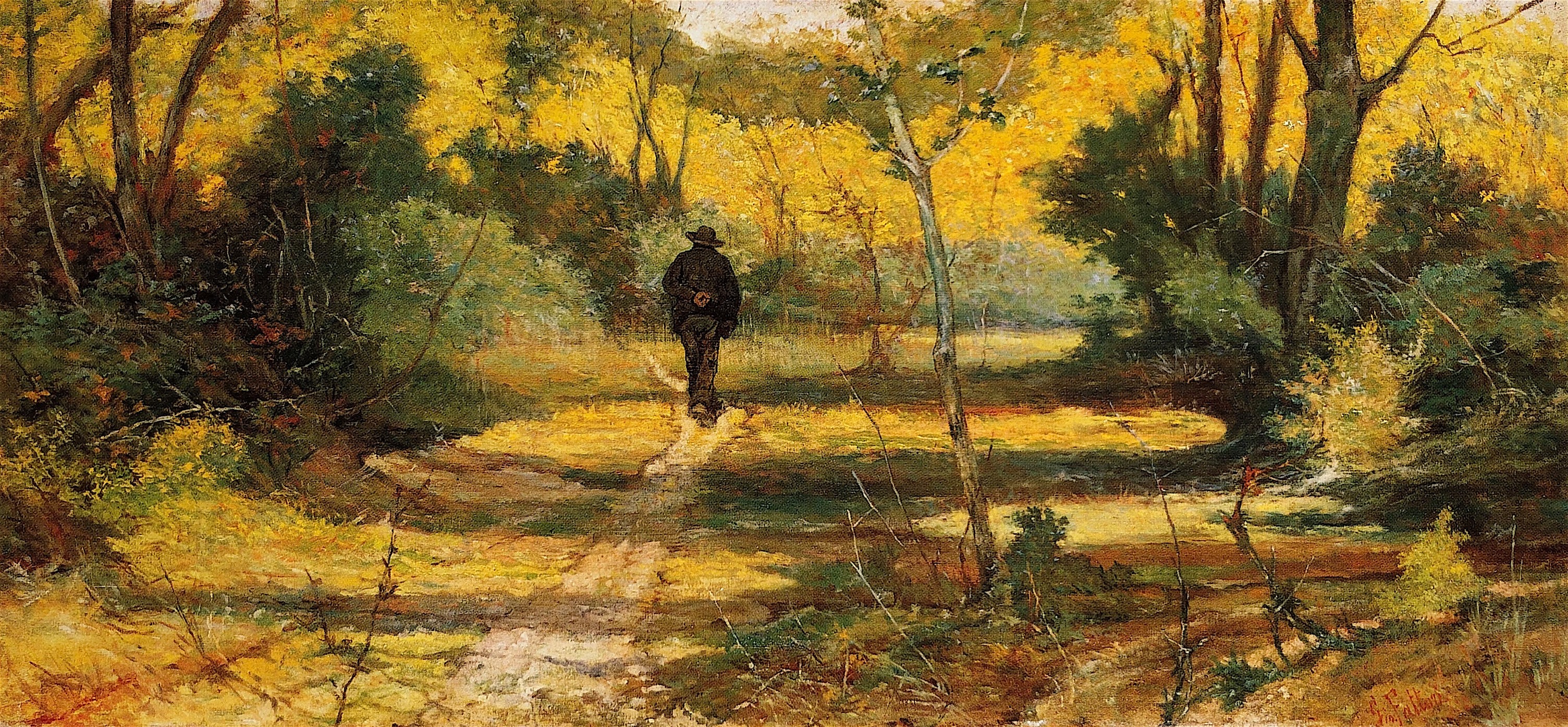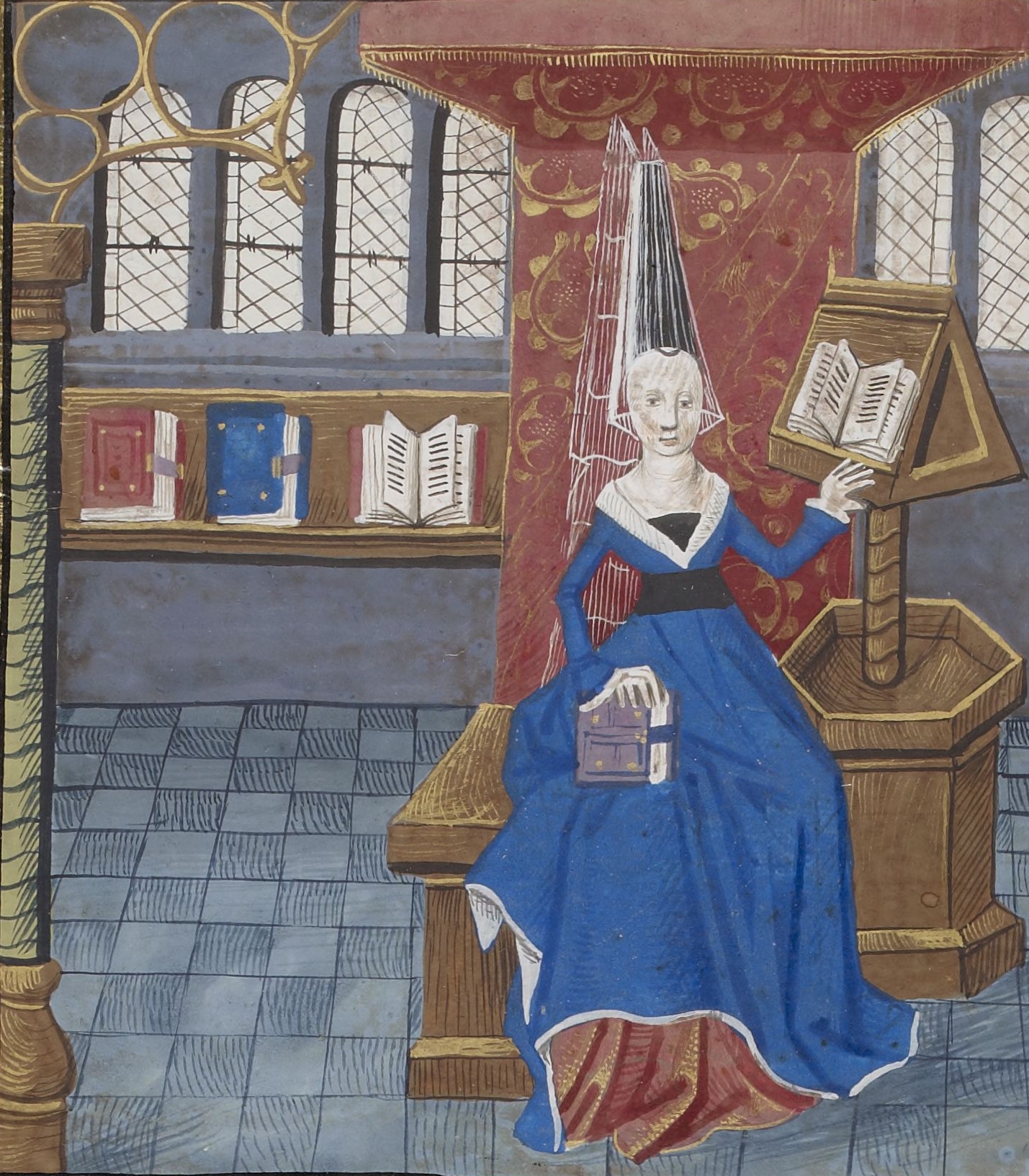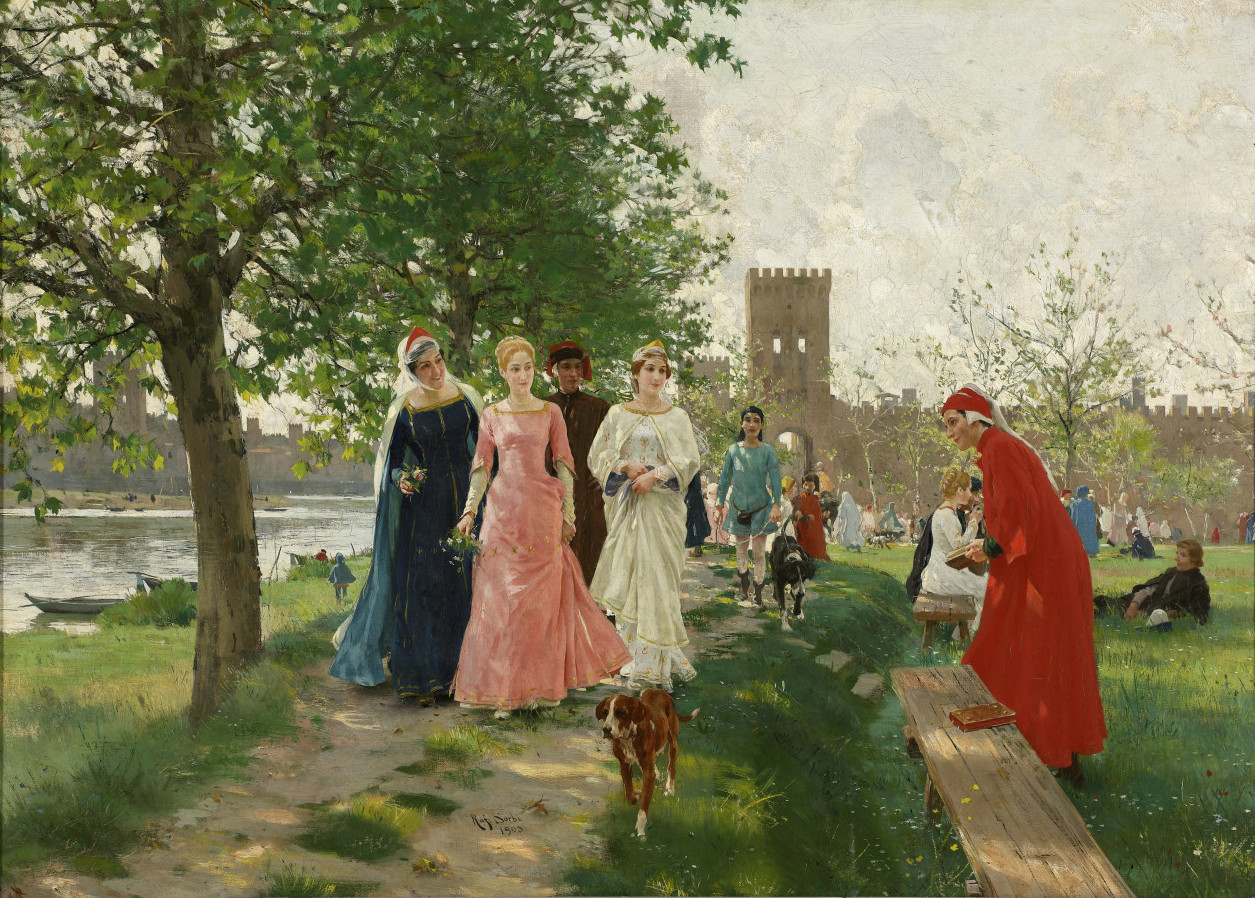Chiare, fresche et dolci acque è la canzone numero CXXVI (126) del Canzoniere di Francesco Petrarca (1304-1374).
Fu scritta tra il 1340-1341 ed il poeta fu ispirato, molto probabilmente, dal fiume Sorgue, che scorre nei pressi dell'attuale comune francese di Fontaine-de-Vaucluse (Fonte di Valchiusa).
Chiare, fresche et dolci acque,
ove le belle membra
pose colei che sola a me par donna;
gentil ramo ove piacque
(con sospir’ mi rimembra)
a lei di fare al bel fiancho colonna;
herba et fior’ che la gonna
leggiadra ricoverse
Marie Spartali Stillman | The First Meeting of Petrarch and Laura, 1889








